Straßenheim Manor Farmhouse
It is now more than one hundred years ago that Dr. Albert Franck first turned his hand to systematic seed propagation, primarily oats and wheat. In the 1920s, his son-in-law, Dr. Peter Müller I, transformed Dr. Franck’s business into a supra-regional player.
At the end of World War II, under Dr. Franck’s grandson, Peter Müller II, Straßenheimer Hof concentrated on growing grain and sugar beet. When Dr. Peter Müller III took charge, Straßenheim ventured into inter-company collaboration and started cultivating specialty crops.
Today, in cooperation with Spargelhof Grosshans, seeds are produced for ZG Raiffeisen, sugar beet for Südzucker and oats and millet for St. Hippolyt Mühle Ebert. All of this is done in accordance with sustainable good professional practice in the Straßenheim landscape conservation area.
The attention of the Straßenheim estate management is focused on the sustainable cultivation of the surrounding farmland, the cultivation of carrots, sugar beet, maize and cereals. With this landscape conservation area and the adjacent Viehwäldchen nature reserve, Straßenheim thus forms the green lungs of the region.
100 Years Straßenheim Manor Farmhouse
Click here, to start the video in a new window. This is a YouTube video and is not available on our server. Please be aware, that YouTube could process and save your user data without informing you about that. Read our privacy policy for more information.

Seed propagation in winter wheat as an example of the annual cycle
Autumn - a good start
Winter wheat is sown as early as September and germinates before winter. The plant is not yet able to collect nutrients and lives on the substances stored in the seed. Before the onset of winter, green parts are formed, assimilation begins and the roots start to absorb nutrients from the soil.
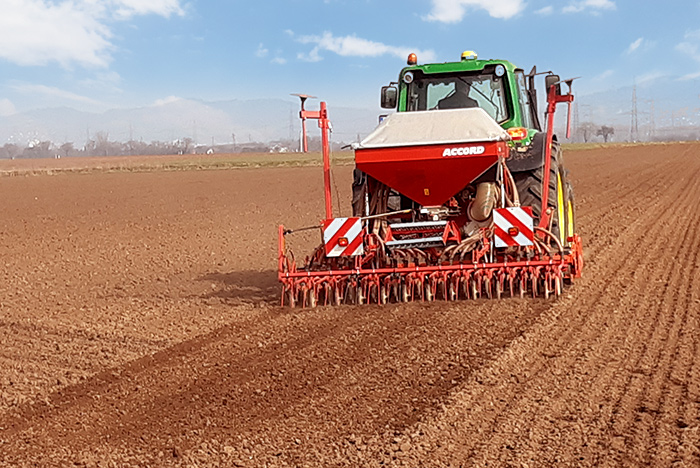
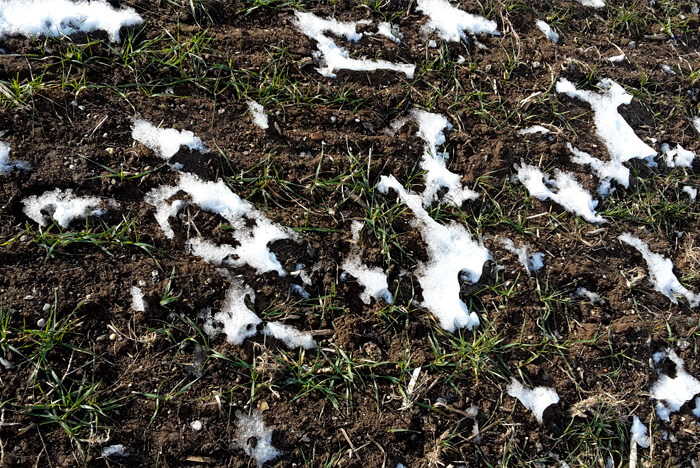
Winter - necessary rest
Before the world outside shuts down for winter, the seedling has already formed side shoots and sprouted. At this point in its development, the grain is very resistant to frost and drought compared to the following stages.
Spring - now it starts
As soon as the first warm rays of sunshine warm up the soil in March, shoots begin to appear: the main shoots and tillers become erect and start to grow. From May onwards, the plant’s growth can be seen week after week. The lush green that covers the land is a sight to behold.
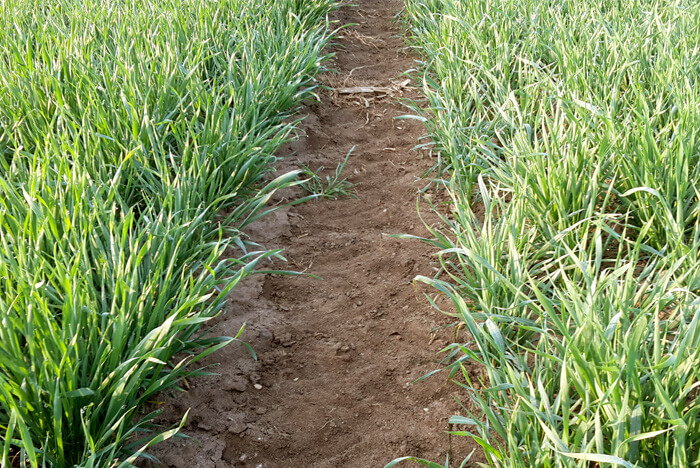
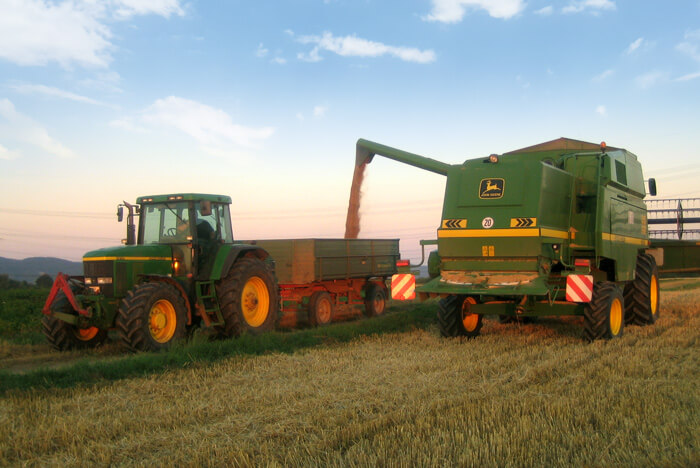
Summer time - harvest time
From June/July onwards, things progress at a rapid pace: the ears/shoots of the corn start to appear: the tips of the ears/shoots emerge or push sideways out of the leaf sheath. The flower forms and the fruit develops. The grain is fully ripe when it is hard, i.e. it is difficult to break with the thumbnail. From this point until the beginning of August the degree of ripeness is measured daily by means of a “moisture test”, until we say: “the combine can come”! The ears are then cut, the grain is separated in the thresher and the stems are left in the field to be turned into straw.
And then - the eternal cycle
Only the best is taken to be sown: if the crop was good, the variety pure, and it has been approved by the inspector, the grains are put into our silos and are processed into seed, which in turn is used by other farmers for sowing, e.g., to produce bread wheat for the mill.

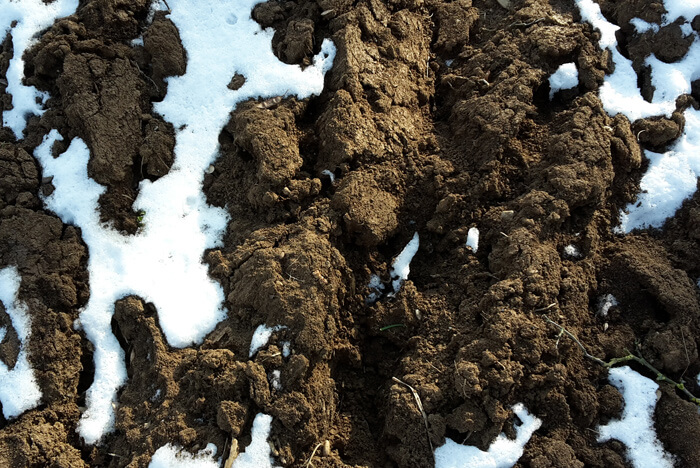
Soil as the most important asset
Would you like to learn more?
We would be happy to take you out into the field! Feel free to send us an e-mail.
Straßenheimer Hof
Ortsstraße 1 · 68259 Mannheim-Straßenheim
Fon +49 6 21 – 7 15 29 03 · Fax +49 6 21 – 7 15 29 05
E-Mail: info@strassenheimerhof.de
Straßenheimer Hof
Ortsstraße 1
68259 Mannheim-Straßenheim
Fon +49 6 21 – 7 15 29 03
Fax +49 6 21 – 7 15 29 05
E-Mail: info@strassenheimerhof.de